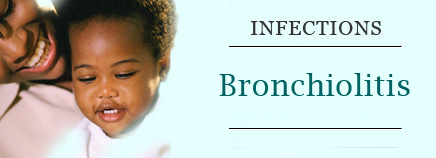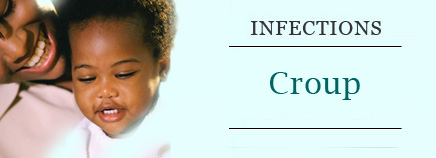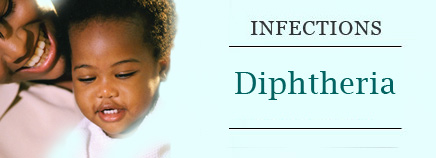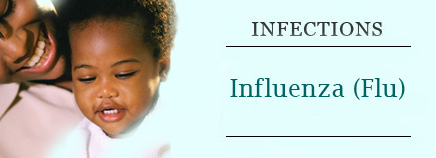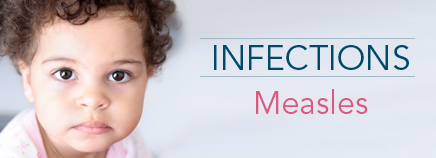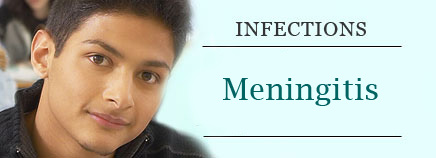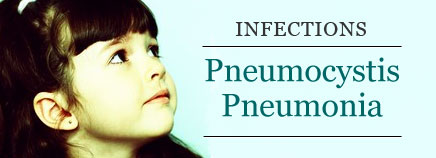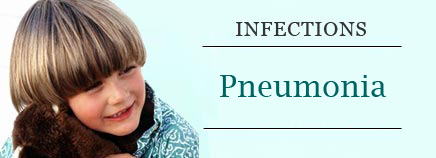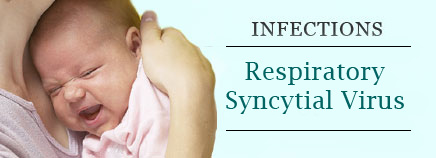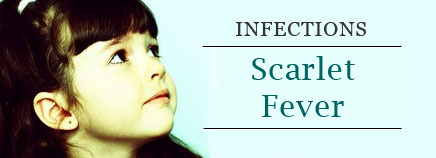About Bronchiolitis Bronchiolitis is a common illness of the respiratory tract. It’s caused by an infection that affects the tiny airways, called the bronchioles, that lead to the lungs. As these airways become inflamed, they swell and fill with mucus, which can make breathing difficult. Bronchiolitis: most often affects infants and …
Croup
About Croup Croup is a condition that swells and irritates the upper airways. The same viruses that cause the common cold also cause croup, and most cases happen in the fall and early winter. Kids with croup have a telltale “barking” cough (often compared to the sound of a seal’s …
Diphtheria
About Diphtheria Diphtheria is a bacterial infection that spreads easily and occurs quickly. It mainly affects the nose and throat. Children under 5 and adults over 60 years old are particularly at risk for contracting the infection. People living in crowded or unclean conditions, those who aren’t well nourished, and …
Influenza (Flu)
Influenza, commonly known as “the flu,” is a highly contagious viral infection of the respiratory tract. It affects all age groups, though kids tend to get it more often than adults. In the United States, flu season runs from October to May, with most cases happening between late December and …
Measles
About Measles Measles, also called rubeola, is a highly contagious respiratory infection that’s caused by a virus. It causes a total-body skin rash and flu-like symptoms, including a fever, cough, and runny nose. Though rare in the United States, 20 million cases happen worldwide every year. Since measles is caused …
Meningitis
Meningitis is an inflammation of the meninges, the membranes that cover the brain and spinal cord. Most cases are caused by bacteria or viruses, but some can be due to certain medicines or illnesses. Bacterial meningitis is rare, but is usually serious and can be life-threatening if not treated right away. Viral …
Pneumocystis Pneumonia
Pneumocystis pneumonia (PCP) is an infection caused by Pneumocystis jiroveci, a microscopic fungus that lives in the lungs of many people. About PCP PCP is a rare disease in healthy people. However, it can be serious in those who have AIDS, cancer, or other conditions that weaken the immune system. …
Pneumonia
Pneumonia is a general term for lung infections that can be caused by a variety of germs (viruses, bacteria, fungi, and parasites). Most cases, though, are caused by viruses, including adenoviruses, rhinovirus, influenza virus (flu), respiratory syncytial virus (RSV), human metapneumovirus, and parainfluenza virus (which causes croup). Often, pneumonia begins …
Respiratory Syncytial Virus
About RSV Respiratory syncytial (sin-SISH-ul) virus (RSV), which causes infection of the lungs and breathing passages, is a major cause of respiratory illness in young children. How do you deal with your baby’s runny nose? Suction the noseSaline (saltwater) drops or sprayI give my baby lots of fluidsWith many tissues!All …
Scarlet Fever
Scarlet fever is caused by an infection with group A streptococcus bacteria (usually strep throat). The bacteria make a toxin (poison) that can cause the scarlet-colored rash that gives this illness its name. Not all streptococci bacteria make this toxin and not all kids are sensitive to it. Two kids in …

